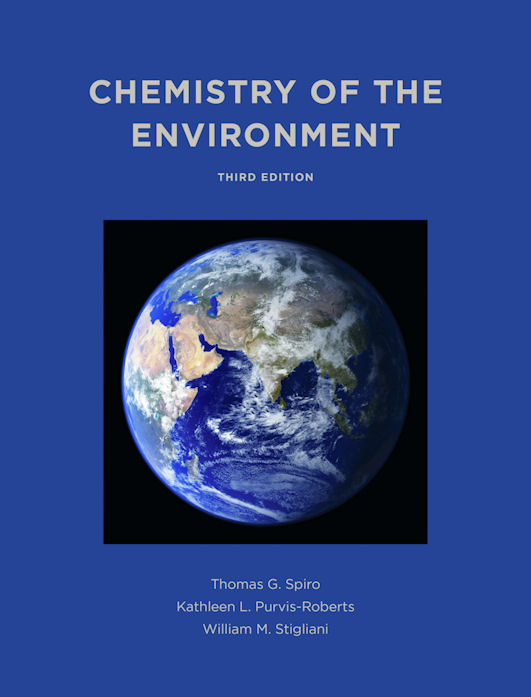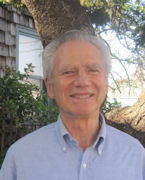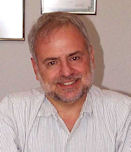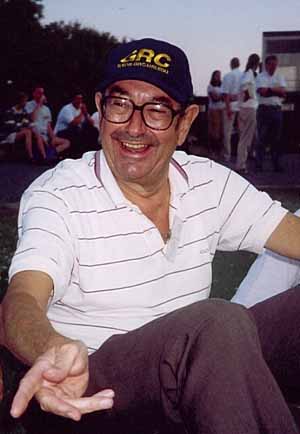
Chemistry of the Environment, Third Edition
Chemistry of the Environment, 3rd Edition, is a concise, clear and current account of today's environmental issues and the science one needs to understand them.
Summary
Chemistry of the Environment, 3rd Edition, is a concise, clear and current account of today’s environmental issues and the science one needs to understand them. This intermediate-level text, which recommends General Chemistry as a prerequisite, systematically lays out themes of sustainability, atmosphere, hydrosphere, lithosphere and biospheres, while stressing the interconnectedness of environmental problems and solutions. The completely revised third edition explains the natural chemical cycles, and how humans affect them. It also analyzes strategies for ameliorating human impacts. This stimulating new text uses concise, straightforward language and an accessible narrative style to inform quantitative thinking.
Resources
List of Adoptions
Resources for Adopting Professors
PDF of Frontmatter (Table of Contents, Preface)
Table of Contents
I INTRODUCTION: SUSTAINABILITY AND GREEN CHEMISTRY
Ch1. Sustainability and Chemistry
Ch2. Green Chemistry
II ATMOSPHERE
Ch3. Air Pollution
Ch4. Nitrogen Oxides, Ozone and Gasoline
Ch5. Stratospheric Ozone Shield
Ch6. Climate Change
III ENERGY AND MATERIALS
Ch7. Energy Flows and Supplies
Ch8. Fossil Fuels
Ch9. Nuclear Energy
Ch10. Renewable Energy
Ch11. Energy Utilization
IV HYDROSPHERE
Ch12. Water Resources
Ch13. Water as Solvent; Acids and Bases
Ch14. Water and Lithosphere
Ch15. Aquatic Life and Oxidation/Reduction
Ch16. Water Pollution and Treatment
V BIOSPHERE
Ch17. Nitrogen and Food Produduction
Ch18. Pest Control
Ch19. Toxic Chemicals
Appendix A
Appendix B
Index
Other Links
Reviews
“No other text in environmental chemistry so nicely balances breadth, depth and readability.”
-Professor A.D. Anbar, Arizona State University
“The authors provide clear and concise explanations and do a good job of integrating calculations throughout the book. This book is useful both for students learning to apply chemical concepts to understand the environment and for instructors seeking a distinct perspective and important data on the environment.”
-Professor Keith Kuwata, Macalester College
“I very much congratulate the authors. This is by far the best environmental chemistry text that I have read.”
-Professor John Perona, University of California at Santa Barbara
“Spiro, Purvis-Roberts and Stigliani write in a clear and engaging style. They organize the material in a logical and compelling manner, emphasizing the many cross-connections among environmental topics. The bottom line is that this is the environmental chemistry book that we have all been waiting for!”
-From Foreword by Harry Gray, California Institute of Technology
“This comprehensive new edition is well written and balanced…Summing up: Recommended for all undergraduate students and general readers.”
-Choice




